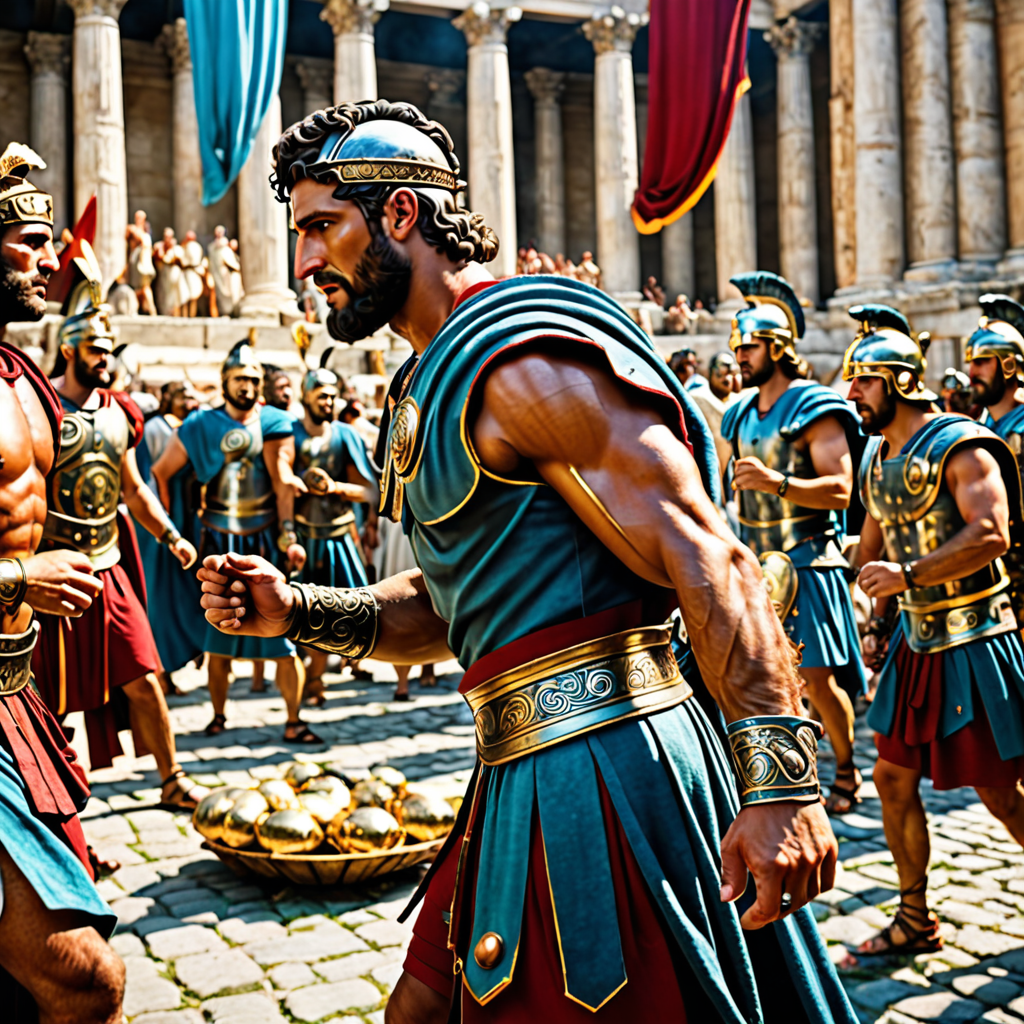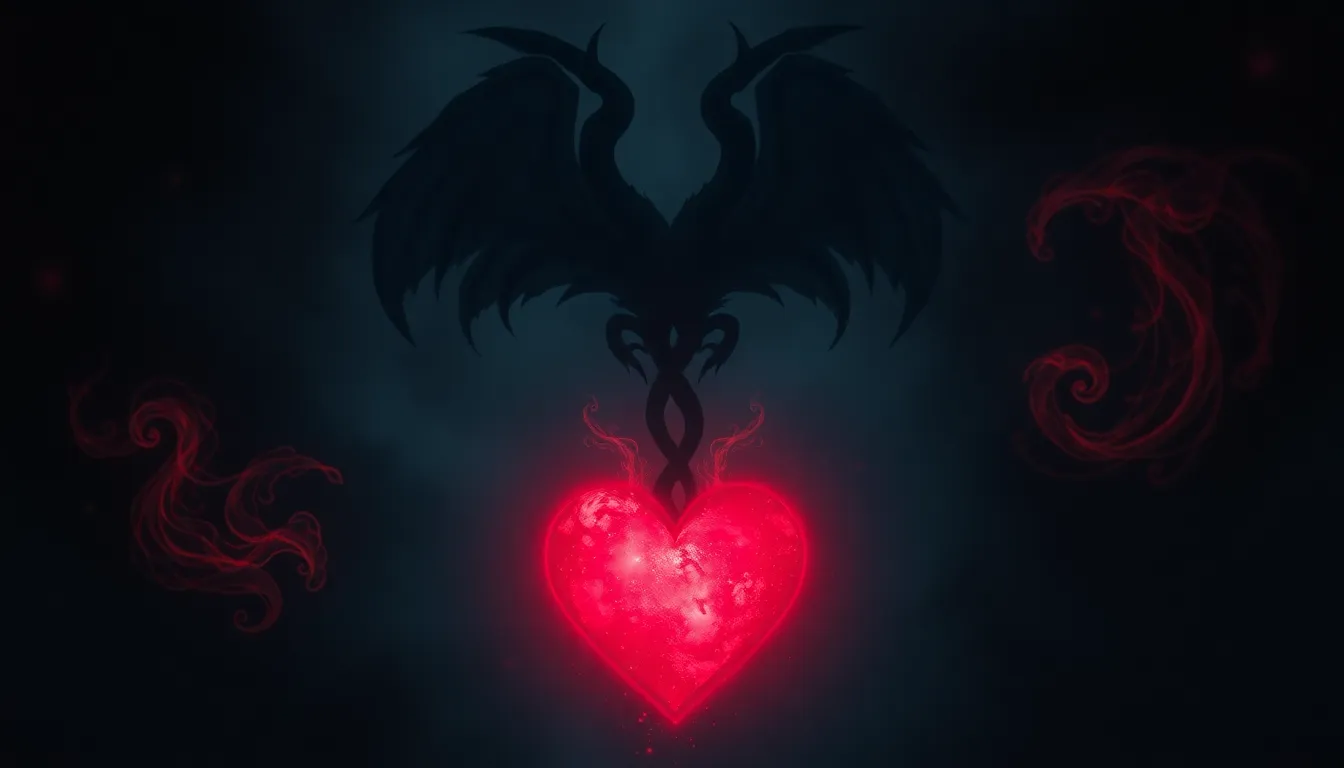1. The Creation Myth
At the heart of the Pascua Yaqui mythology lies the captivating tale of creation. According to this myth, the world was once shrouded in darkness until the arrival of I'itoi, the Creator. I'itoi, accompanied by his eagle, buzzard, crow, and raven, descended to the earth and uttered the life-giving words, "Let there be light." With that command, the sun emerged from the depths, illuminating the world and giving birth to all living beings.
2. The Legend of the Yaqui Coyote
The enigmatic figure of the Yaqui Coyote features prominently in Pascua Yaqui mythology. A trickster and a cultural hero, the Coyote embodies both the wit and the wisdom of the Yaqui people. In his tales, the Coyote often plays the role of a mischievous troublemaker, using his cunning to outsmart his opponents and overcome obstacles. However, beneath his playful exterior lies a deep understanding of human nature and the importance of self-reliance.
3. The Spirit World and the Pascua Yaqui
The Pascua Yaqui believe in the existence of a spirit world that exists alongside the physical world. This spirit world is home to a pantheon of deities, including I'itoi, the Creator, as well as numerous other beings such as spirits, ancestors, and guardians. The Yaqui people interact with the spirit world through rituals, ceremonies, and prayer, seeking guidance and protection from these supernatural forces.
4. The Importance of the Cardinal Directions
In Pascua Yaqui mythology, the cardinal directions hold immense significance. Each direction is associated with a specific color, animal, and elemental force. The east, symbolized by the color red, represents the rising sun and new beginnings. The west, associated with the color yellow, signifies the setting sun and the end of life's journey. The north, represented by the color black, is the realm of night and cold, while the south, symbolized by the color white, represents warmth and the sun's path.
5. The Roles of the Holy Trinity
The Pascua Yaqui adopted elements of Christianity into their mythology, incorporating the concept of the Holy Trinity. However, the Yaqui interpretation of the Trinity differs from that of Western Christianity. In Yaqui mythology, the Father represents the Creator, I'itoi, the Son represents the Sun, and the Holy Spirit represents the Wind. This unique interpretation of the Trinity reflects the deep reverence that the Pascua Yaqui have for nature and the interconnectedness of all living things.
6. The Significance of the Yaqui Deer Dance
The Yaqui Deer Dance is a sacred ceremony that holds immense importance in the Pascua Yaqui community. This elaborate ritual, often performed over several days, symbolizes the relationship between the Yaqui people and the deer, a creature revered for its stamina, adaptability, and spiritual power. The dancers, adorned in traditional regalia, represent the deer's graceful movements and seek to embody its qualities of strength and resilience. Through the Deer Dance, the Pascua Yaqui pay homage to the animal world and express their gratitude for the blessings bestowed upon them.
7. The Myth of the River Maiden
Embedded in Pascua Yaqui mythology is the enchanting tale of the River Maiden. This benevolent spirit, associated with water and fertility, is said to reside in the depths of rivers and streams. According to legend, the River Maiden possesses the ability to grant wishes and protect travelers who venture near her watery domain. The Yaqui people honor her through rituals and offerings, seeking her favor and protection during times of drought or peril. The myth of the River Maiden symbolizes the vital importance of water to the Pascua Yaqui way of life and their deep connection to the natural world.
8. The Legend of the Painted Caves
Nestled within the rugged landscape of the Pascua Yaqui homeland lie the Painted Caves, a sacred site adorned with ancient petroglyphs and pictographs. These enigmatic images, created by the ancestors of the Yaqui people, depict scenes from daily life, spiritual ceremonies, and mythological tales. The Painted Caves serve as a testament to the rich cultural heritage of the Pascua Yaqui and offer a glimpse into their artistic traditions and spiritual beliefs. The community safeguards these sacred sites, ensuring that their cultural legacy continues to endure for generations to come.
9. The Pascua Yaqui and the Sun God
The Pascua Yaqui hold the Sun God in high regard, believing him to be the giver of life and the sustainer of all things. The sun's rays bring warmth, nourishment, and guidance to the Yaqui people, and they express their gratitude through rituals and prayers. The Sun God is often depicted in Pascua Yaqui art and iconography, symbolizing the divine power and cosmic order that governs the universe. By honoring the Sun God, the Yaqui acknowledge their dependence on the celestial realm and seek its blessings for their well-being.
10. The Mythology of the Pascua Yaqui Today
The mythology of the Pascua Yaqui continues to play a vital role in their cultural identity and spiritual life. Through their myths, legends, and ceremonies, the Yaqui people preserve their ancestral traditions and maintain a deep connection to their heritage. These stories and rituals provide a framework for understanding the world, guiding the Yaqui people in their daily lives and shaping their ethical and moral values. By embracing their mythology, the Pascua Yaqui ensure that their rich cultural legacy will continue to thrive for generations to come.
FAQ
- Who are the Pascua Yaqui?
The Pascua Yaqui are an indigenous people who have lived in the Sonoran Desert region for centuries. They have a rich cultural heritage, including a vibrant mythology that encompasses creation myths, trickster tales, and beliefs about the spirit world.
- What is the significance of the Coyote in Pascua Yaqui mythology?
The Coyote is a prominent figure in Pascua Yaqui mythology, representing both wit and wisdom. He is a trickster who often outsmart his opponents but also embodies the importance of self-reliance and understanding human nature.
- What role does the cardinal directions play in Pascua Yaqui mythology?
The cardinal directions hold immense significance in Pascua Yaqui mythology, each associated with a specific color, animal, and elemental force. The east represents new beginnings, the west symbolizes the end of life's journey, the north is associated with night and cold, and the south represents warmth and the sun's path.
- How do the Pascua Yaqui interpret the Holy Trinity?
The Pascua Yaqui adopted elements of Christianity into their mythology, but their interpretation of the Trinity differs from that of Western Christianity. For them, the Father represents the Creator, the Son represents the Sun, and the Holy Spirit represents the Wind, reflecting their reverence for nature and the interconnectedness of all living things.



